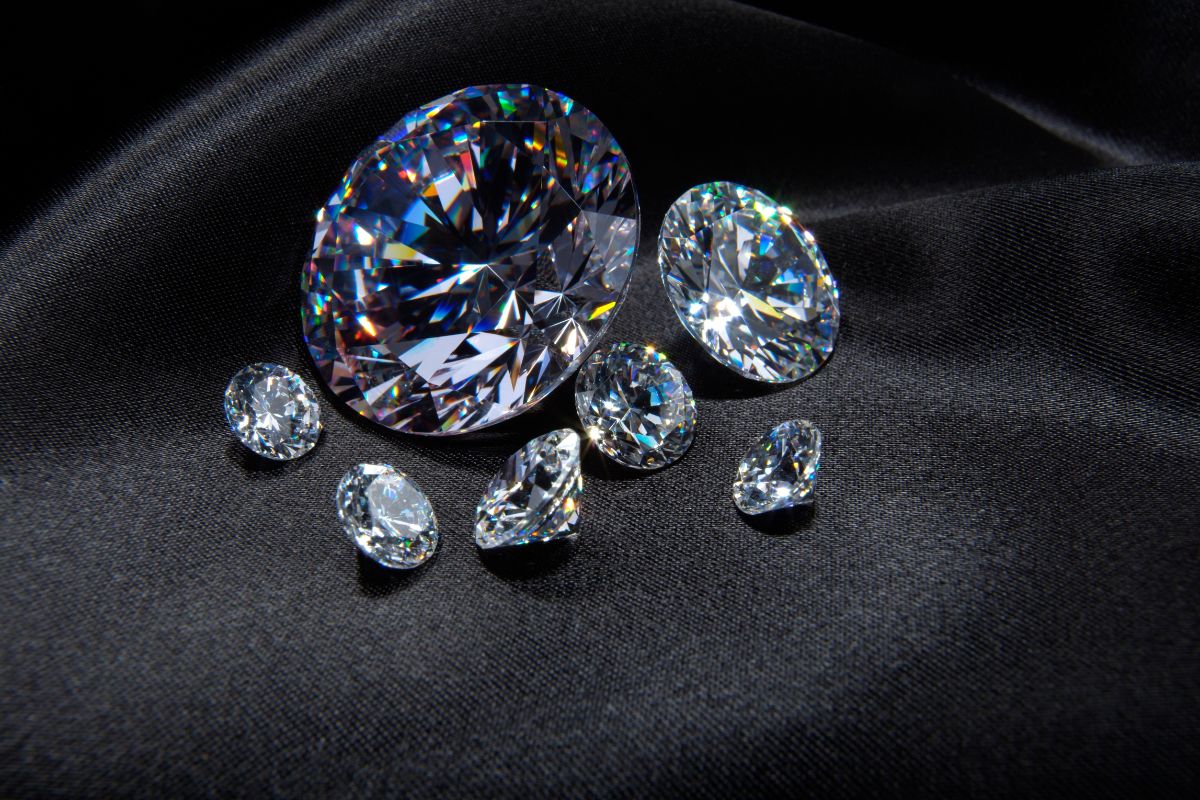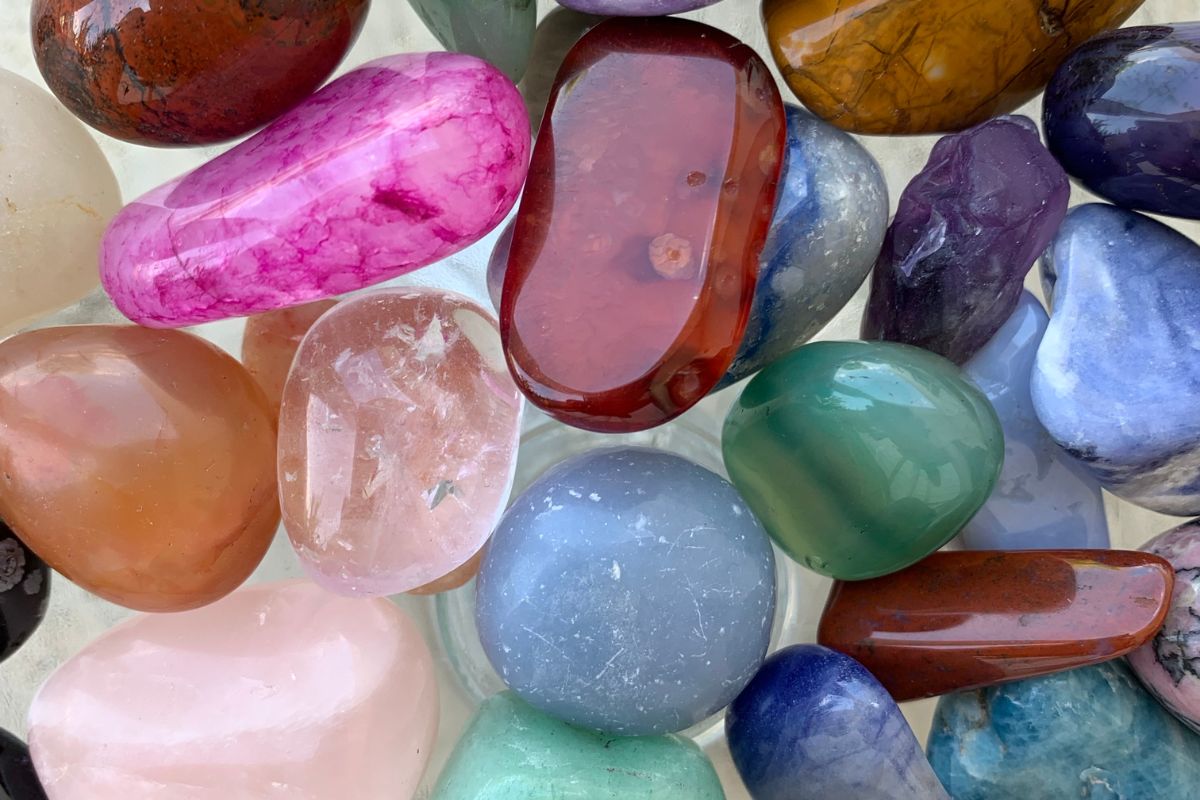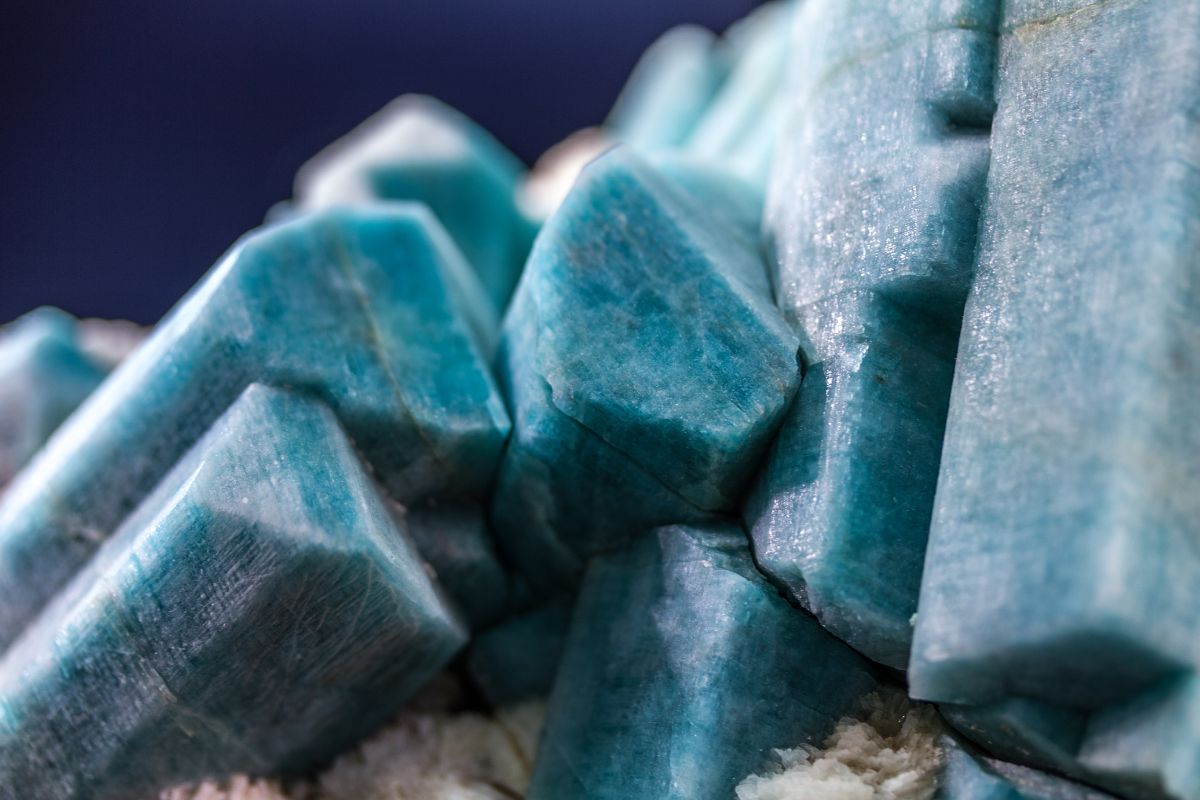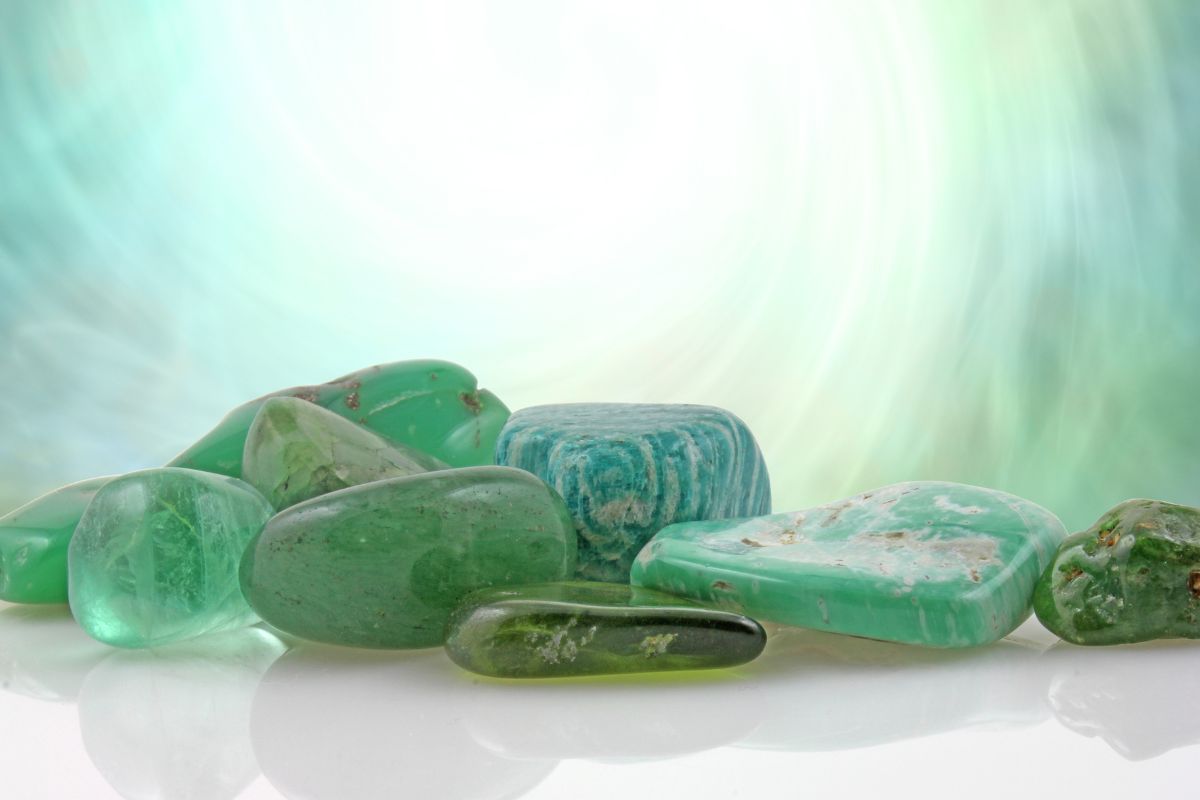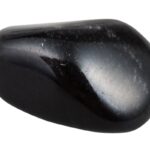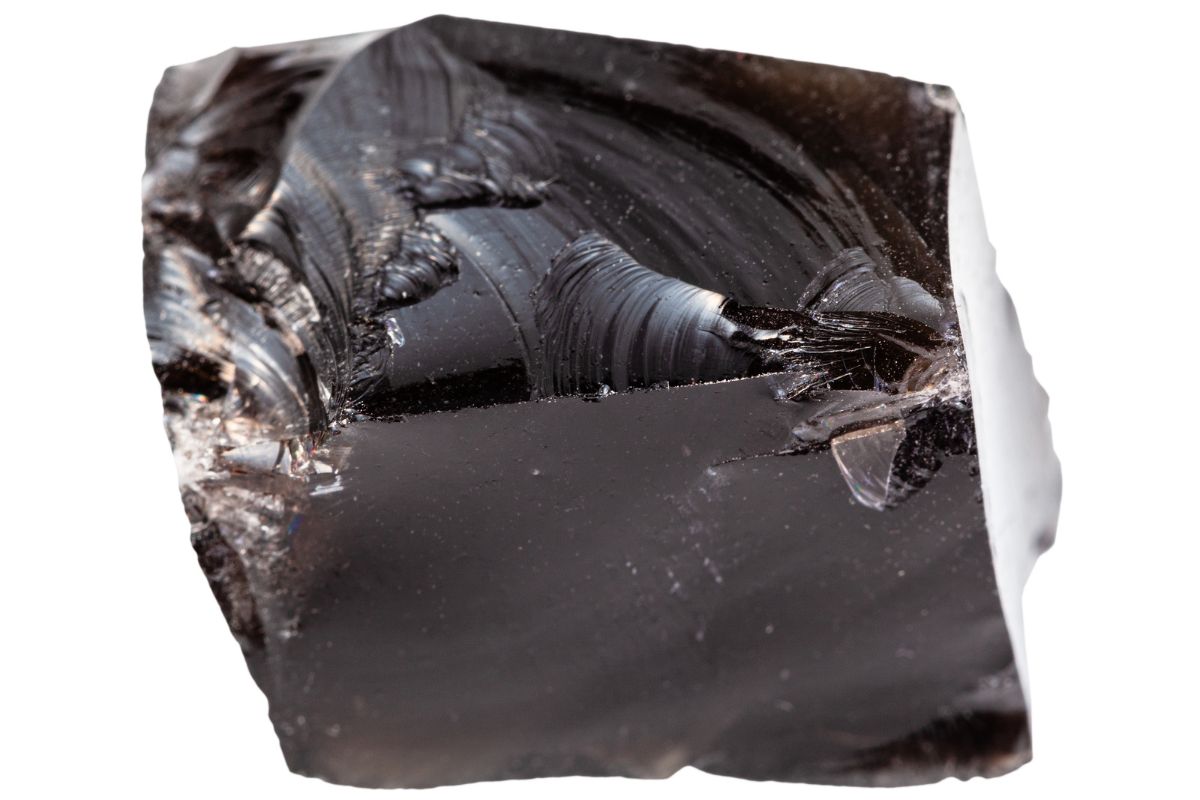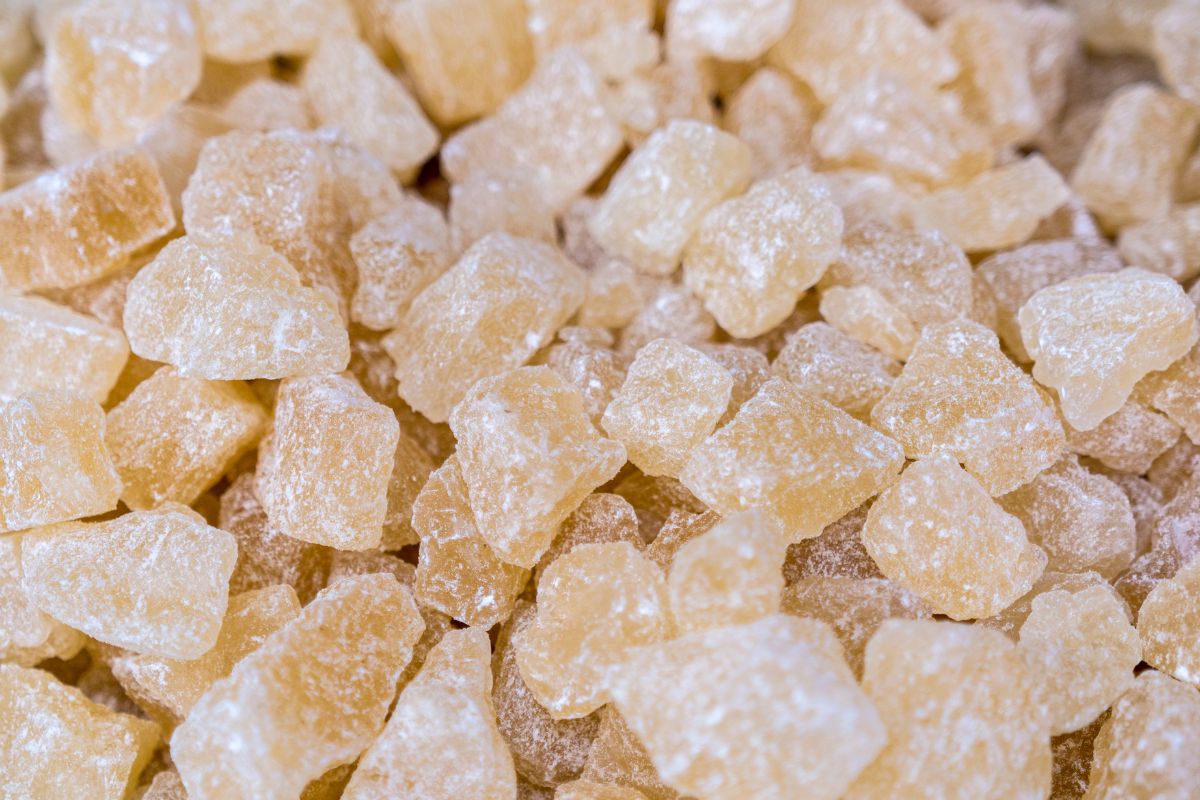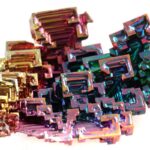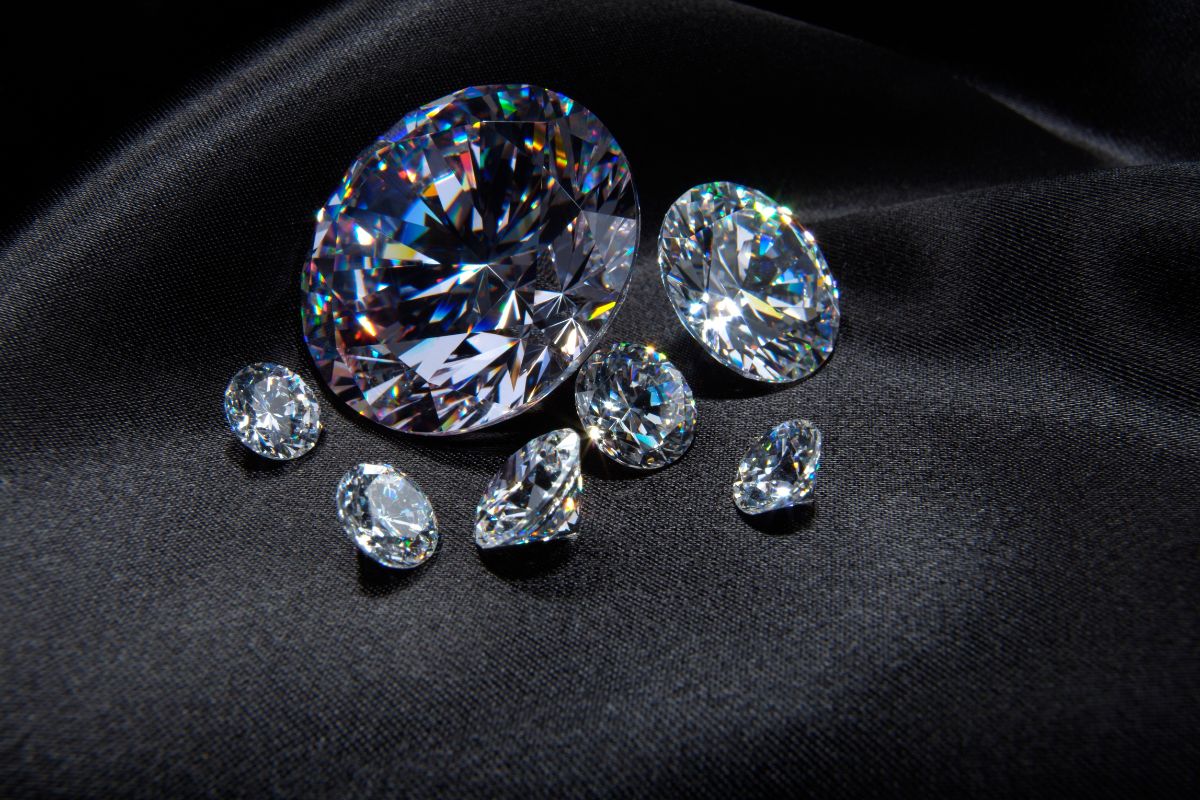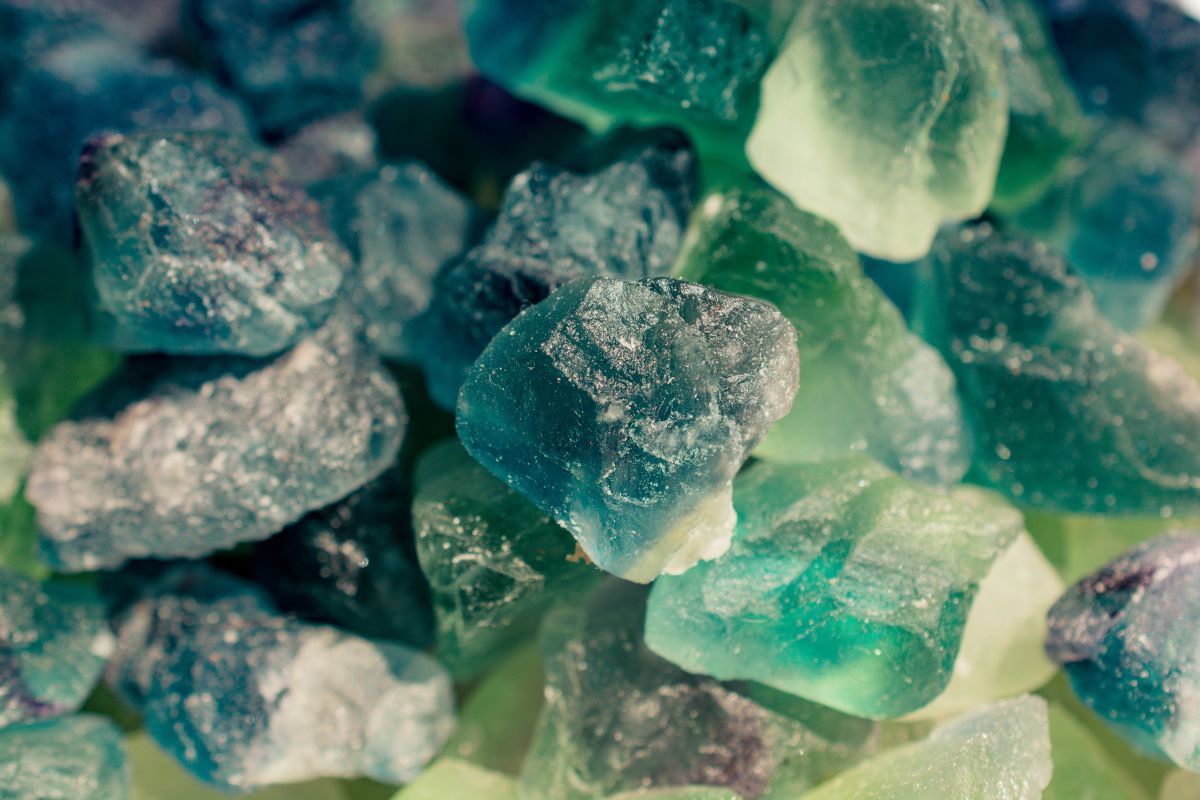Obsidian and diamond possess unique strengths that have made them prized materials throughout human history.
Obsidian is a naturally occurring volcanic glass, while diamond is an extremely hard crystalline form of carbon.
Though they share some similar properties, obsidian and diamonds have very different atomic structures that contribute to their distinct strengths and uses.
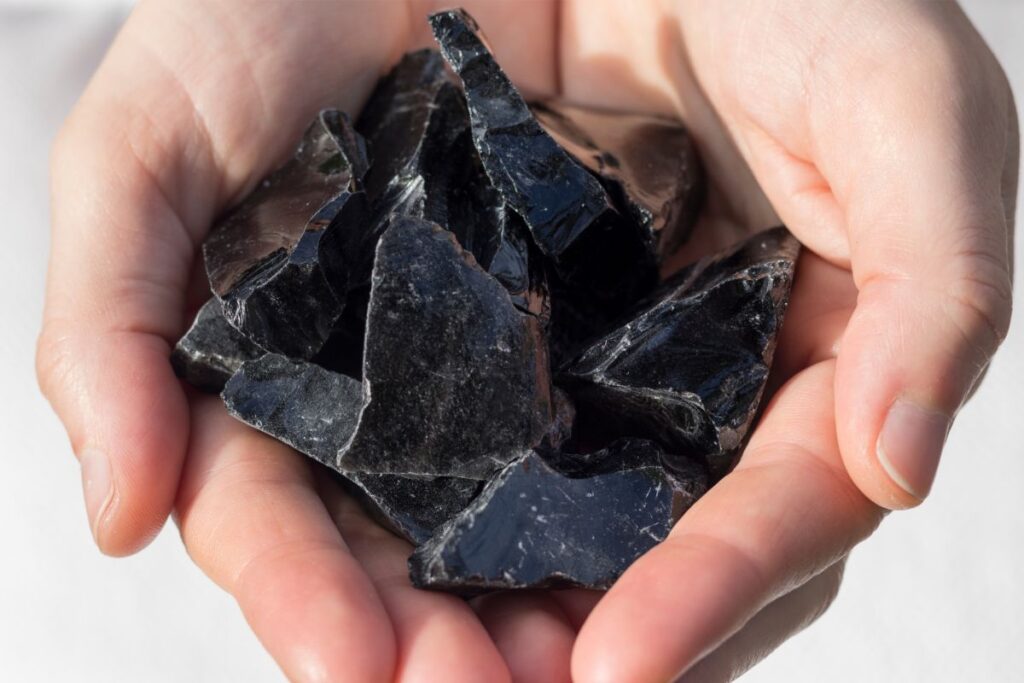
In this guide, we’ll take a look at how these stones weigh up against one another.
What Is Obsidian?
Obsidian is an igneous rock formed as lava from volcanic eruptions cools rapidly with minimal crystal growth.
The rapid cooling gives obsidian its amorphous atomic structure as a type of natural glass.
Obsidian’s composition is typically over 70% silica (silicon dioxide), with the rest being aluminum oxide, sodium oxide, calcium oxide, magnesium oxide, iron oxide, and other trace elements.
This combination of silicon and oxygen makes obsidian extremely hard and durable.
Obsidian’s amorphous structure means it fractures conchoidally, with smooth curved breaks like cracked glass.
Thanks to its strength, it was used to create incredibly sharp blades by ancient civilizations around the world.
Obsidian has a density of around 2.6 g/cm3 and a hardness of about 5.5 on the Mohs scale.
While not the hardest material, its glassy structure allows obsidian to be honed to an exceedingly sharp edge only a few nanometers thick.
The Properties Of Diamond
Diamond is a crystalline form of pure carbon that forms under immense heat and pressure deep underground.
Its tetrahedral crystal structure and strong carbon-carbon covalent bonds make diamond the hardest known natural material.
The extreme hardness comes from each carbon atom being bonded to four others in a lattice structure that resists shearing and fracturing.
Diamond has a Mohs hardness of 10 and a much higher density, around 3.52 g/cm3.
The strong bonds provide diamonds with incredible compressive strength and resistance to scratching.
Diamond demonstrates four times the tensile strength of obsidian.
However, diamond does not exhibit conchoidal fracturing like obsidian glass.
Instead, it has perfect cleavage along its crystal planes that allows precision cutting.
Hardness And Toughness
In terms of hardness, diamond is clearly superior to obsidian. Diamond’s 10 rating on the Mohs scale makes it able to scratch any other mineral, while obsidian has a hardness of around 5.5, making it easily scratched by quartz.
However, obsidian exhibits greater toughness due to its amorphous structure. Toughness refers to a material’s ability to absorb energy and resist fracturing.
Glass tends to have low toughness but high hardness, while metals are tougher but softer.
Obsidian’s glassy structure allows it to experience plastic flow under stress, meaning it can deform before fracturing.
Microfractures may form internally when shaping obsidian, but its structure resists cracks propagating through the material. This gives obsidian a degree of toughness exceeding most crystalline minerals like diamond.
So, for applications where shock resistance and absorption of force before breakage are priorities, obsidian can be superior.
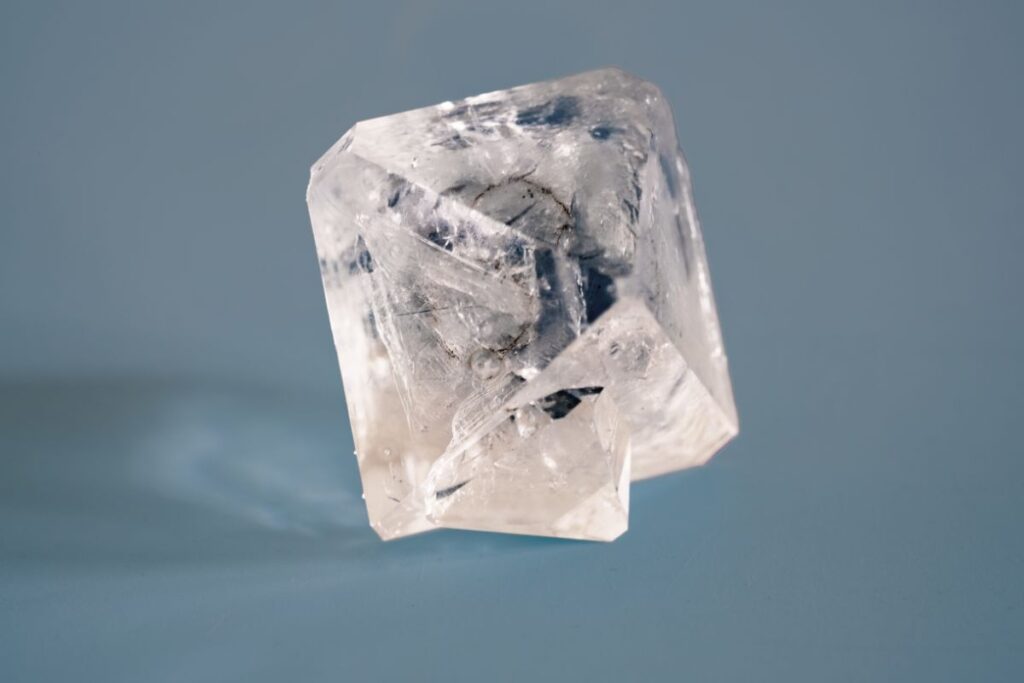
The Cutting Ability Of Diamond And Obsidian
Obsidian’s lack of cleavage planes allows it to be worked into cutting implements with extremely fine, narrow edges.
Using simple stone tools, ancient craftsmen were able to produce obsidian blades just 3-9 microns thick and only a few cells wide. This is thinner than even the finest surgical steel scalpels now made with modern lasers.
So, while diamond is harder, obsidian can produce sharper usable cutting edges due to its amorphous fracturing. The sharpness of obsidian rivals surgical steel even today.
For industrial uses, diamond’s hardness makes it ideal for cutting, grinding, and polishing tasks.
As an abrasive, it can cut substances like granite, glass, and metals that would ruin most other materials.
Diamond-cutting tools have revolutionized manufacturing. But these applications require crystalline diamonds molded into the desired form, limiting the fineness of edges possible.
Durability Over Time
Both obsidian and diamond are highly resistant to weathering and corrosion under most environmental conditions.
However, diamond’s stable crystalline structure gives it superior durability over geological time spans.
Obsidian is metastable; though the high silica content provides hardness now, it may slowly convert to other minerals over thousands of years.
Obsidian artifacts can deteriorate through hydration and chemical leaching processes with long burial.
Diamond’s carbon-carbon bonds are extremely stable, allowing specimens like the Kokimo diamonds to persist unaltered for over 3 billion years.
So, while obsidian has great short-term durability, pure diamond is more chemically inert and maintains integrity over eons. Flaws and inclusions affect the durability of both materials.
Rarity And Occurrence
Obsidian is relatively abundant at sites where past volcanic activity has created flows of rhyolitic lava. These locations include Yellowstone National Park, Mexico, Greece, and New Zealand.
Obsidian’s natural glass properties can be found in geologic formations dating back millions of years.
Diamond conversely forms slowly in tiny quantities only 100-200 km underground. Natural diamonds comprise less than 1 part per billion of the earth’s crust. Formed at such extreme depths, most diamonds are extremely old.
This makes diamond much rarer and more geographically constrained than obsidian.
Diamond deposits are limited to ancient cratonic roots, requiring immense effort to locate and mine.
Obsidian can be collected from surface deposits in many regions but still requires skill to work due to its fractures. Both ancient and modern humans have prized these materials for their unique properties and availability.
In Summary
Obsidian and diamond excel in different ways. Obsidian’s amorphous structure allows unsurpassed sharpness in blades, while diamond is the hardest known crystal for cutting tools.
Obsidian has higher toughness and shock resistance but is softer and less durable over millennia.
For weaponry, obsidian can produce finer edges. In jewelry, diamond provides brilliant refractive fire.
Both offer ancient legacies as human technologies harnessing the strengths of stone.
While obsidian is not stronger than diamond in every respect, its unique properties have shaped civilizations through the crafting of volcanic glass.
See also: Is Obsidian magnetic?
- 15 Crystals That Cannot Be Exposed To The Sun - January 7, 2024
- Malachite Vs Fuchsite – Benefits And Uses - January 7, 2024
- Malachite Vs. Green Jasper: Benefits And Uses - January 7, 2024

